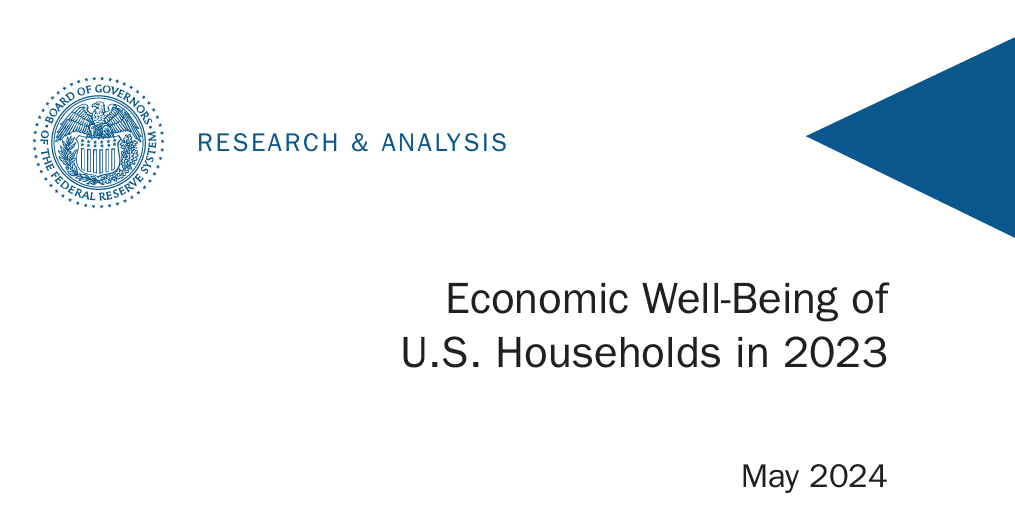Keep Exploring
Related Posts
Reserve Your Seat at the RV/MH Hall of Fame Induction Dinner
It is time to book your seats for the 2025 induction dinner at the RV/MH Hall of Fame! The ceremony will be held on August 18 at the Hall of Fame in Elkhart, IN. The celebration begins with a cocktail hour at 5 PM, followed by the dinner and ceremony at 6 PM.
HUD’s Innovative Housing Showcase “The American Home is the American Dream” Returns to the National Mall
Secretary Scott Turner announced the return of the U.S. Department of Housing and Urban Development (HUD)’s Innovative Housing Showcase from September 6 – 10 to the National Mall in Washington, D.C. Previously, the Innovative Housing Showcase was scheduled to take place May 30 – June 1.
MHI Announces 2025 Excellence in Manufactured Housing Award Winners
MHI announced the 2025 Excellence in Manufactured Housing Award recipients last week during the MHI Congress & Expo in Orlando. The annual awards program honors MHI members in the manufactured and modular home industry who provide outstanding products, customer service, creative solutions, and state-of-the-art homes
Reserve Your Seat at the RV/MH Hall of Fame Induction Dinner
It is time to book your seats for the 2025 induction dinner at the RV/MH Hall of Fame! The ceremony will be held on August 18 at the Hall of Fame in Elkhart, IN. The celebration begins with a cocktail hour at 5 PM, followed by the dinner and ceremony at 6 PM.
Legislative Victory in Connecticut: Rent Control Bill Halted
Thanks to consistent engagement and strong advocacy at both the state and national levels, the manufactured housing industry secured a significant win in Connecticut during the 2025 legislative session.
House Financial Services Committee Advances Two Bills of Interest to the Industry
On Tuesday, the House Financial Services Committee advanced two bills with strong bipartisan support. Both bills carry significant implications for the manufactured housing industry.





